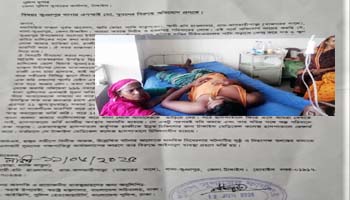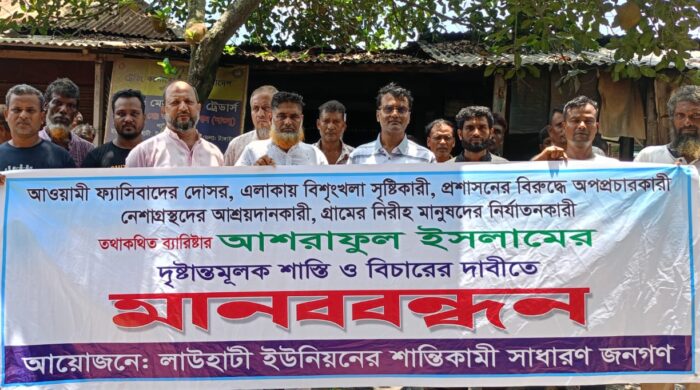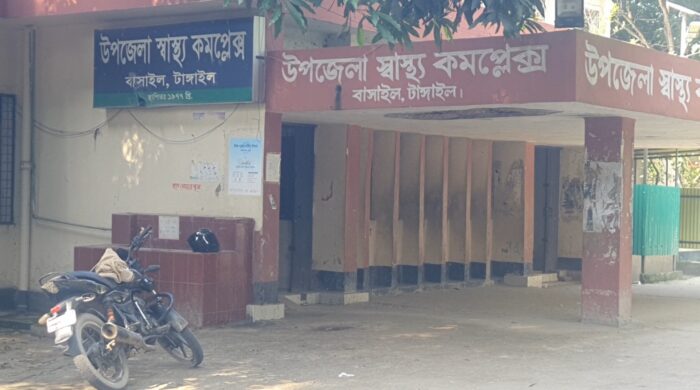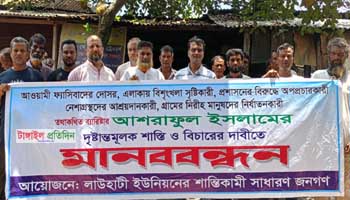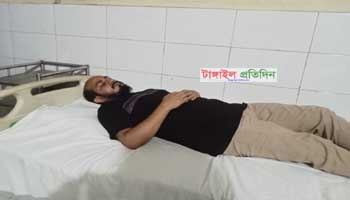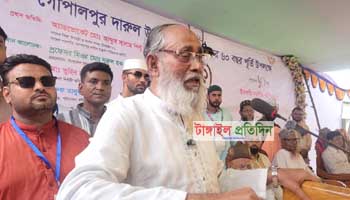Opioid Use Disorder: What It Is, Symptoms & Treatment
- আপডেট : বুধবার, ২৪ মে, ২০২৩
- ৪৪ বার দেখা হয়েছে।

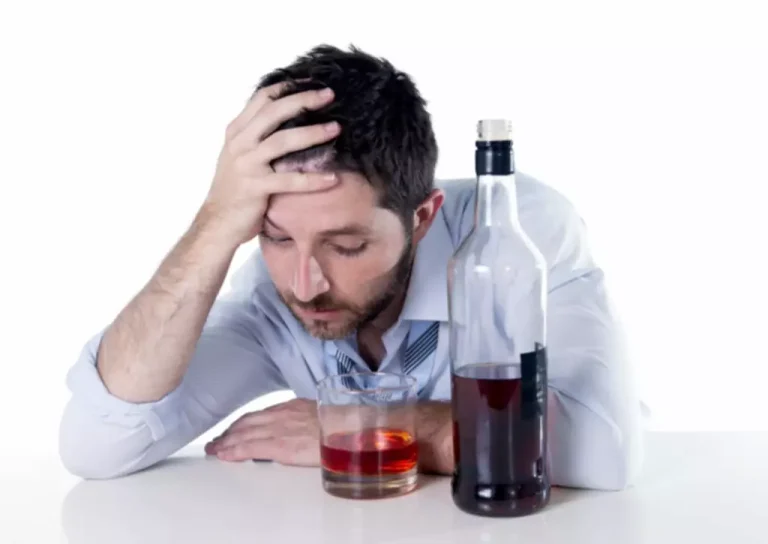
Treatment is highly individualized — one person may need different types of treatment at different times. In addition, once someone has physical dependence to opioids, the severe withdrawal symptoms create significant motivation to continue using opioids. Talk with a doctor to find out what types of treatments are available in your area and what options are best for you and/or your loved one.
What are residential and hospital-based treatments for opioid use disorder (OUD)?
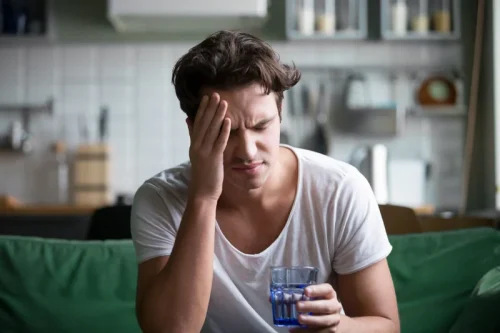
These drugs can be part of a person’s therapy for opioid use disorder. They are therapeutic treatments, not substitutes for the drugs causing https://ecosoberhouse.com/ the person’s problem. Patients who are highly motivated and have good social support tend to do better with the support of these medications. A recent study in Virginia found that 8 in 10 people supported expanding community-based treatment programs. The study noted that it’s important to continue to educate the public on the nature of OUD. These changes make it hard to stop taking opioids, even if you want to.
News
According to the American Psychiatric Association’s Diagnostic and Statistical Manual of Mental Disorders (DSM-5), a person must have at least two of the signs listed in the symptoms Drug rehabilitation section to be diagnosed with OUD.
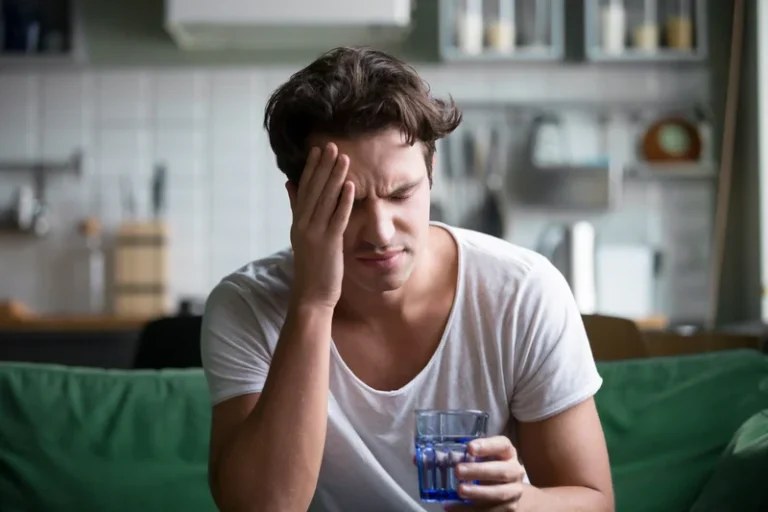
Medical Uses of Opioids
This setting allows the team at Vertex to study the flavor of pain signals their candidate molecules modulate. To do so, Vertex developed a pain-in-a-dish approach to model NaV1.8, or any other voltage-gated channel, with two key aspects. The first is studying the channel in isolation with very fine control and high-resolution measurements of channel dynamics. Vertex developed specific technology for expressing a single voltage-gated channel in HEK cells, enabling measurements of action potentials elicited by the channel. These definitions of poine and poena—the Greek and Latin words for pain—describe something beyond physical discomfort, a phenomenon experienced in both body and mind. It is a multidimensional and multidirectional process akin to an ouroboric Gordian knot made of mental and physical fibers.
- Take-home medication increases the risk of relapse and tests the self-motivation of those who may need a more structured program.
- The symptoms of withdrawal are a major reason for relapse and further prescription drug abuse.
- Patients taking methadone to treat OUD must receive the medication under the supervision of a practitioner.
- Approximately 3% to 19% of people who take prescription opioid medications develop OUD.
Jonathan earned his PhD in biomedical science from the University of California, San Diego, and a BA in neural science from New York University. For decades, his darling has been Nav1.7, a nociceptor preferentially expressed in the cell bodies of neurons located within the dorsal root ganglion of the spinal cord. These receptors are critical for sensing pain and relaying the signal to the brain. NaV1.7 makes sense as a therapeutic target because patients with mutations in SCN9, the gene encoding the channel, display many pain-related phenotypes and conditions.
- It’s important to seek help as soon as possible if you think you’re developing a dependence on opioids.
- Now, with a new administration, there’s an opportunity to “Make America Healthy Again” by revisiting and expanding upon the initiatives started under Trump’s first term.
- Only ziconotide, developed into a therapeutic called Prialt by Elan Pharmaceuticals and approved by the FDA to treat pain in 2004, but due to side effects, is rarely used.
- He said it’s because the counseling center’s new program — funded by a mix of state and local opioid settlement dollars — has a different approach.
- Other medications may interact with methadone and cause heart conditions.
Risk factors
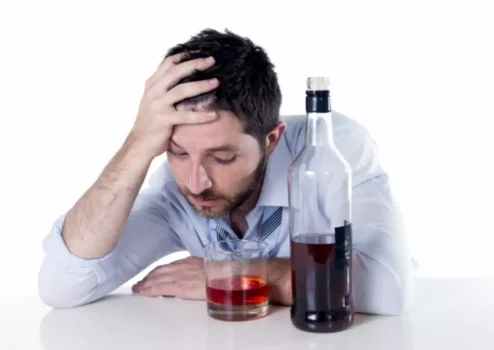
The likelihood of developing dependence following opioid use is high compared with most other drugs. Opioids have high addiction potential because they activate powerful reward centers in your brain. About 45% of people who use heroin started with misuse of prescription opioids. It typically involves an overpowering drive to use opioids despite consequences, increased opioid tolerance and/or withdrawal symptoms when you stop taking opioids.

Health Conditions
For example, loss-of-function results in pain insensitivity, whereas gain-of-function confers pain hypersensitivity. During her pediatric residency at Albert Einstein College of Medicine’s Montefiore Medical Center, Kara Margolis, MD, treated patients who changed her career path. “Healthy kids would come in, and then suddenly they’d be blind or couldn’t walk,” Margolis told Inside Precision Medicine. Although the children did not show any signs of neurological damage, they were clearly experiencing symptoms of motor or sensory loss. But Margolis noticed a common thread—all of the children seemed to be living in challenging and stressful situations.
DEA policy changes have removed this “X-waiver” requirement and the cap on how many patients a provider could treat with buprenorphine. Wade says that these moves should help increase the accessibility of this treatment. Harm reduction saves the lives of people who may otherwise die of blood-borne infections such as human immunodeficiency virus (HIV), hepatitis, and overdose. It also helps connect people with professionals, resources, and information to help them once they seek treatment and stop using opioids. The treatments discussed opioid addiction treatment in this article are supported by scientific evidence that demonstrates their effectiveness. However, keep in mind that a particular treatment won’t necessarily work for everyone, particularly when it’s used apart from other necessary treatments.
What Does It Mean To Have a Substance Abuse Problem?
- There is not a single approach that works well for everyone, and a person may try several therapies before finding the ones that support lasting recovery.
- After forming the committee, the group performed a thorough community needs assessment to determine how to spend the funds.
- Methadone is a long-acting full opioid agonist, and a schedule II controlled medication.
- Patients may decide to switch from one medication to another based on medical, psychiatric and substance use history, as well as their preferences and treatment availability.
- If someone is not motivated to quit opioids, they are at a high risk of relapse which in turn puts them at greater risk of death by overdose.
Restricted funds must adhere to Exhibit E, a list of opioid remediation uses approved by the National Opioid Settlement agreement. Between 2012 and 2016, 58 counties had an opioid prescribing rate of greater than 100 prescriptions per 100 residents. According to the Indiana Office for the Attorney General, the rate of opioid prescribing peaked in Indiana in 2012, when, on average, there were 112 opioid prescriptions for every 100 residents. The money comes as a welcome relief for many in the Hoosier state who’ve struggled with the crisis for decades.












